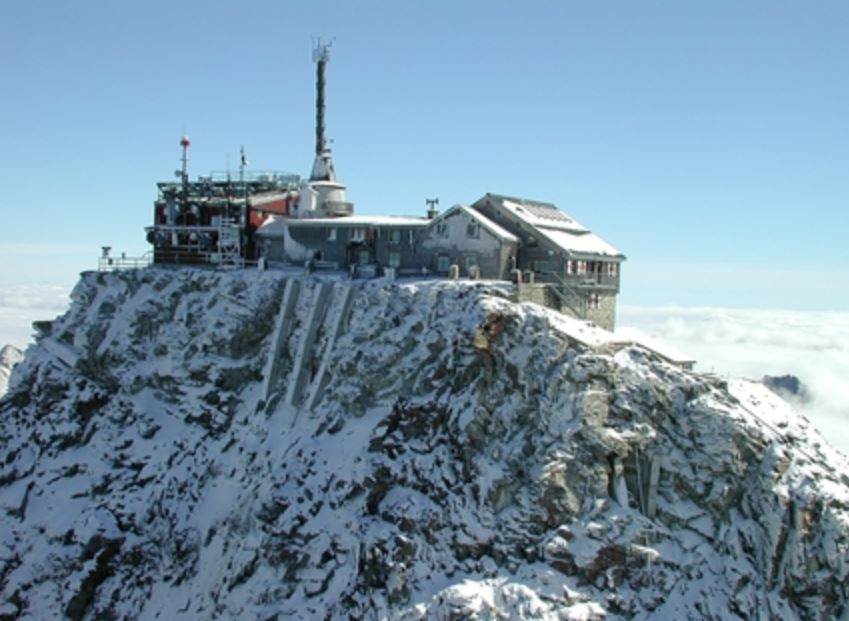Empa finds plastic in snowfall on Alps

A study from Swiss research institute Empa suggests nanoplastics can travel over 2,000km through the air and that 43 trillion miniature plastic particles - or 3,000 tonnes of nanoplastics - land in Switzerland every year.
The researchers admit the figures are higher than has previously been found, and that more research is needed.
To count the plastic particles, researcher Dominik Brunner and his colleagues developed a chemical method that determines the contamination of the samples with a mass spectrometer.
The scientists studied a small area at an altitude of 3,106 metres at the top of the mountain Hoher Sonnenblick in the Hohe Tauern National Park in Austria, using the Central Institute for Meteorology and Geodynamics’ observatory.
Scientists removed a part of the top layer of snow around a marker daily, being careful not to transfer particles from their clothing.
The origin of the tiny particles was traced with the help of European wind and weather data. The researchers could show that the greatest emission of nanoplastics into the atmosphere occurs in densely populated, urban areas. About 30% of the nanoplastic particles measured on the mountain top originate from a radius of 200 kilometres, mainly from cities.
However, plastics from the world's oceans apparently also get into the air via the spray of the waves. Around 10% of the particles measured in the study were blown onto the mountain by wind and weather over 2000 kilometres – some of them from the Atlantic.
Empa said: “Besides plastics, there are all kinds of other tiny particles. From Sahara sand to brake pads, the world is buzzing through the air as abrasion. It is as yet unclear whether this kind of air pollution poses a potential health threat to humans. Nanoparticles, unlike microparticles, do not just end up in the stomach. They are sucked deep into the lungs through respiration, where their size may allow them to cross the cell-blood barrier and enter the human bloodstream. Whether this is harmful or even dangerous, however, remains to be researched.”
Image: The research site at Sonnblick: The ZAMG observatory is located at an altitude of over 3100 meters in the Hohe Tauern mountains in Salzburg and has existed since 1886. Credit: ZAMG/Christian Schober








